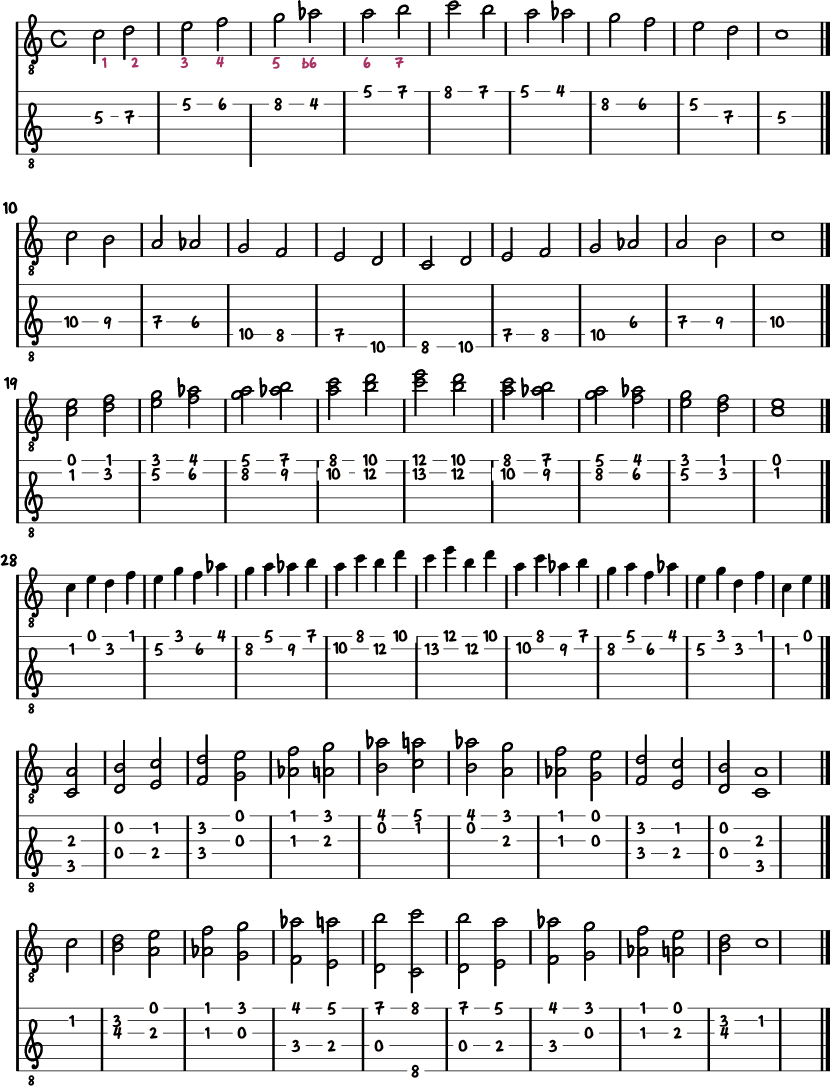
I was working with a very interesting go-to-kind of guy on guitar in the band. I once ran a showcase band at MacEwan, and was getting into some arrangements that called for this S1 sound. The Sound One (S1) in chord progressions, used exclusively to create that jazz piano (or guitar, or arpeggiated for horns) sound: In Figure 3, I take this generated GS and impose it on the original root C (CDFB) to get a clearer comparative view. By reducing it to it's 'new root tone' D (DEGC) this new shape can be easily thought of as 1247 (Ma2 Min3 Perfect 4th) reckoned from D.

This is a relatively simple process and creates new shapes out of the original.ĬDEG 1235 rotated (inverted) once, creates a shape: DEGC (2358) and the new ascending intervallic shape derived is Ma2 Min3 Perfect 4th. Permutations (4) through Inversion/Rotation: 'R' It sounds like a lot to deal with but once the ideas are committed, there could be some possible freedom experiences in that something right and NEW might emerge from this study. Basic Permutations (BP) are purely about changing the note order in the starting GS. A first step in practising these might include the 6BP to get familiar with. Now to each of these examples of six BP we can apply the further changes (permutations) to each GS through: inversion (rotation) and staggered rotation (see the list above under the first paragraph of this blog).Įach one of the original GS (CDEG-1235 as an example) will have 6BP x 4 inversions (rotations) x 4 staggered rotations for a total of 96 possibilities. Thus you have six Basic Permutations (BP) of note order. Outlining the above BP (process): BP1 BP2 BP3 BP4 BP5 BP6

The last two remaining BP can be seen by reordering the original by the only remaining ways available: CDEG becomes CDGE (BP5) and the original retrograde form GEDC is given a similar treatment and becomes GECD (BP6). The next BP can be discerned by doing an obvious process of every other number as in CDEG becoming: CEDG (BP3) which itself can be reversed (retrograde) to become GDEC (BP4). Six Basic Permutation (6BP) applied to the primary GS4 as in CDEG:ĬDEG (prograde-original-BP1) can be reversed to GEDC (retrograde-BP2).


 0 kommentar(er)
0 kommentar(er)
